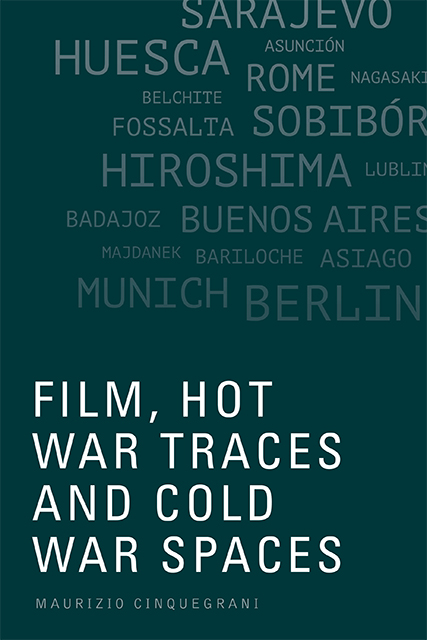2 - Huesca, Aragón, Spain, 20 May 1937, 5:00 a.m.
Published online by Cambridge University Press: 12 August 2023
Summary
A thirty-three-year-old man born in Motihari, Bihar, is wounded in the throat by a bullet shot by a sniper. He is carried on a stretcher and then in an ambulance to a hospital in Lérida. His name is Eric Arthur Blair, better known as George Orwell, and this happens on the morning of 20 May 1937 in Huesca.
Set in the eighteenth century against the background of an unnamed city besieged by an Ottoman army, the fantasy film The Adventures of Baron Munchausen (Terry Gilliam, 1988) includes an imaginative sequence where Baron Munchausen (John Neville) fires himself through the sky by using a mortar and then returns to the city walls by riding a cannonball; the Angel of Death flies above him as he approaches a group of the crumbling buildings. Smoke, fire and havoc characterise the city under siege and its sixteenth-century church bell tower seemingly ready to collapse. In a later and equally preposterous sequence, the Baron escapes in a hot air balloon made from women's underwear and rises next to the heavily damaged church (Figure 2.1). These scenes from The Adventures of Baron Munchausen were filmed on location in the ruins of the old town of Belchite, in the province of Zaragozza (Aragón region), and the old church used in the film is that of San Martín de Tours. Belchite, like the unnamed city of The Adventures of Baron Munchausen, was also under siege during an offensive led by Republican forces against the Nationalists in the Spanish Civil War (1936–9). The village was almost entirely destroyed during what is known as the Battle of Belchite in the summer of 1937 and its ruins, untouched since the end of that battle, have been filmed in several war newsreels as well as in later documentaries.
Made a year after the offensive, the newsreel Franco Push: End Near? (British Paramount, 1938) shows a panoramic shot of the ruins of Belchite, including the church of San Martín de Tours, aerial views and various shots of Nationalist troops entering the town. Footage from this newsreel was later repurposed in order to illustrate the final phases of the conflict in two episodes of the Granada Television documentary series The Spanish Civil War (1983).
- Type
- Chapter
- Information
- Film, Hot War Traces and Cold War Spaces , pp. 35 - 54Publisher: Edinburgh University PressPrint publication year: 2022

